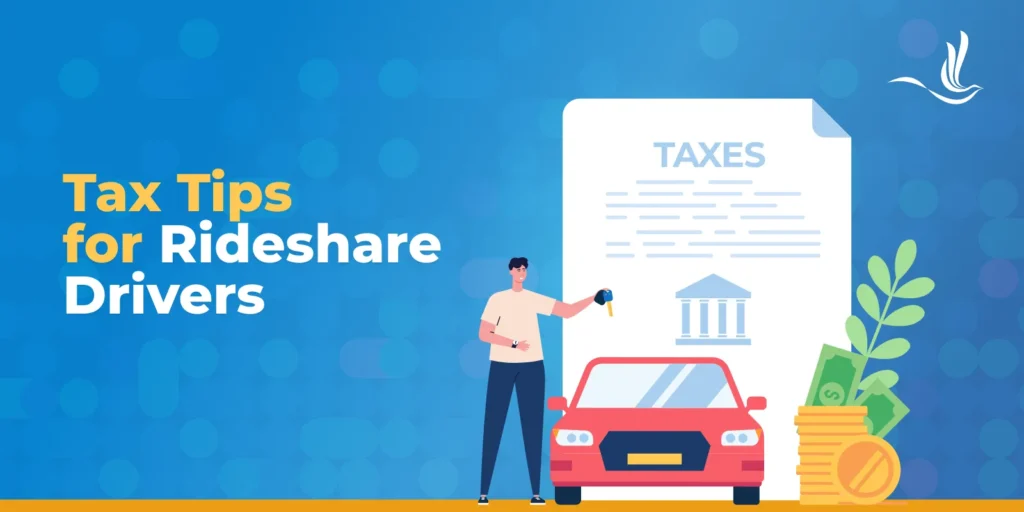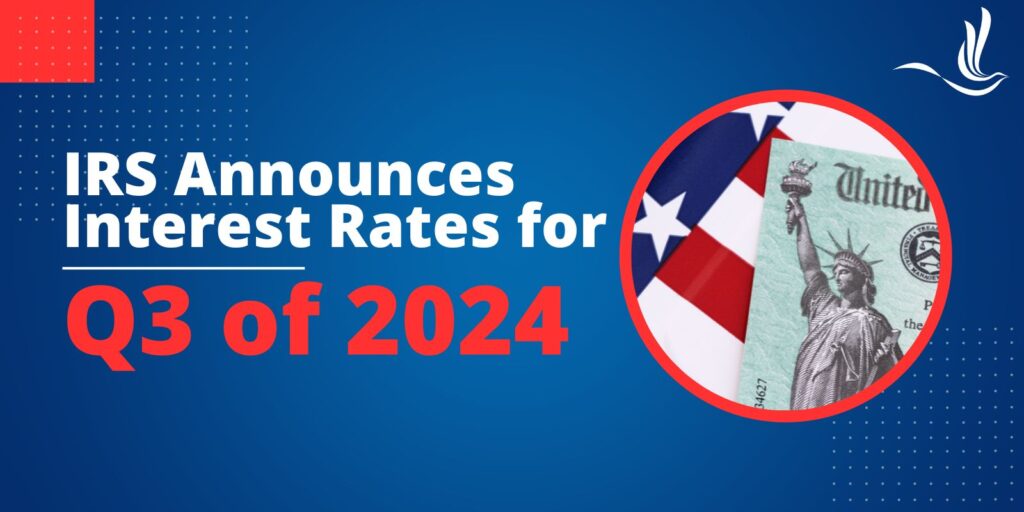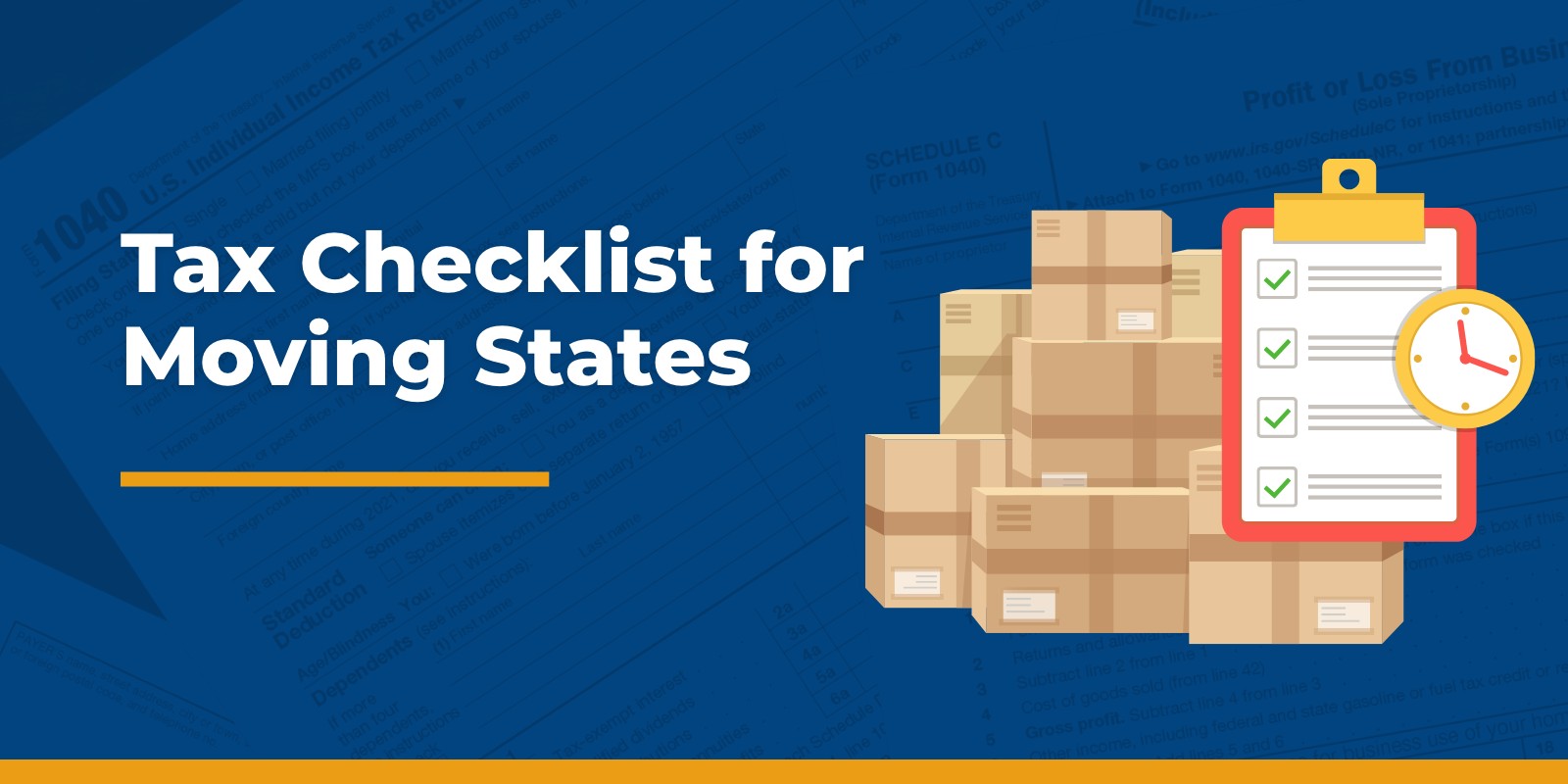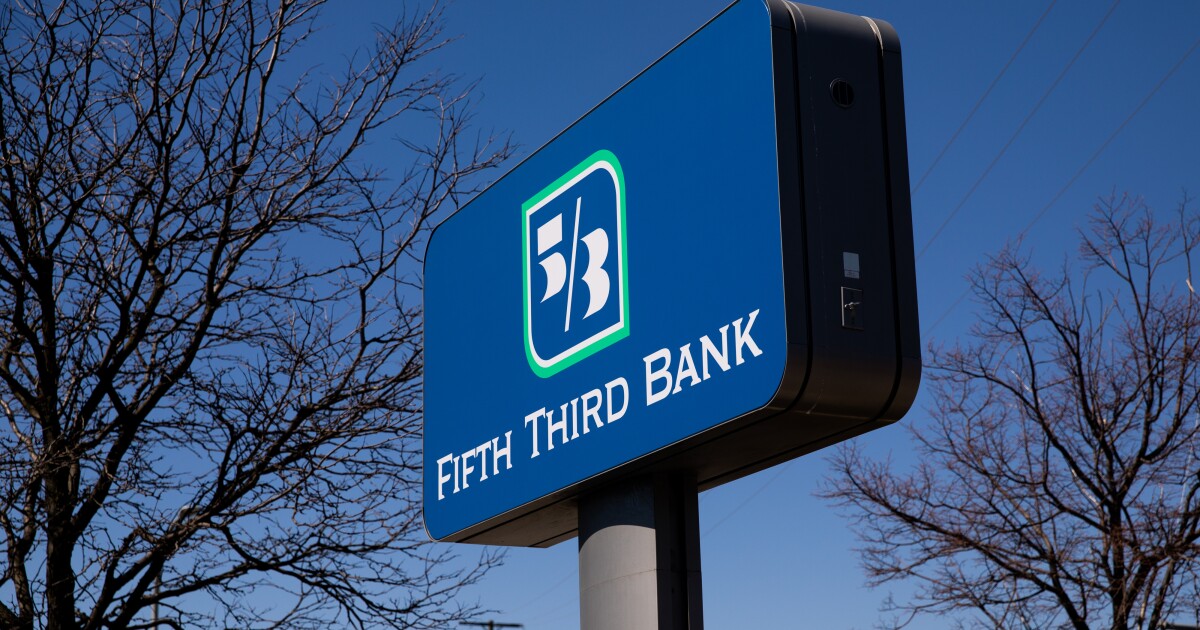The gig economy has revolutionized the way people work, providing flexibility and autonomy like never before. Ridesharing platforms like Uber, Lyft, and others have become a popular choice for those seeking extra income or a full-time job. However, amidst the freedom and flexibility, rideshare drivers often encounter challenges when it comes to understanding and managing their taxes. With income coming from multiple sources and a variety of deductible expenses, it’s crucial to maximize your profits and minimize your tax liability. Here are some essential tax tips tailored specifically for rideshare drivers.
Know Your Employment Status
One crucial aspect for rideshare drivers to understand is their employment status. Most rideshare companies classify their drivers as independent contractors. It’s essential for drivers to know the implications of being classified as independent contractors versus employees. As an independent contractor, you have more flexibility and control over your schedule, but you are also responsible for covering your expenses and paying self-employment taxes. On the other hand, if you were to be classified as an employee, the rideshare company would be responsible for certain benefits and taxes, but you may have less control over your schedule. Understanding your employment status can help you make informed decisions about your tax planning and overall business strategy. Stay informed about any legal developments or changes in employment classification laws that may impact your status as a rideshare driver.
Know Which Tax Forms to Expect
As a rideshare driver, you can expect to receive various tax forms from both the rideshare company and other sources. The most common tax forms you’ll receive are the 1099-NEC, 1099-MISC or 1099-K, which report your earnings from the rideshare platform. The 1099-NEC reports non-employee compensation, such as bonuses and incentives. The 1099-K reports your gross ride receipts, including fees and commissions paid to the rideshare company. Form 1099-MISC reports other income, including prizes and legal settlement money. Additionally, if you drive for multiple rideshare companies or other gig economy platforms, you may receive multiple 1099 forms. It’s essential to carefully review these forms for accuracy and use them to report your income accurately on your tax return.
Understand Your Deductions
As a rideshare driver, you are considered self-employed, which means you can deduct business expenses to reduce your taxable income. These expenses would be deducted using Schedule C.
Operating Expenses
You can deduct operating expenses such as the cost of your phone plan and internet expenses used for business purposes, such as communicating with passengers, navigating to pick-up locations, and managing your rideshare app. Other items in this category might be expenses related to providing a safe and convenient experience for passengers, such as cleaning supplies, air fresheners, phone mounts, chargers, tire inflators, and water bottles, can also be deducted. You can also deduct services you obtain for your rideshare business, including roadside assistance plans, car washes, mileage tracking software, accounting software, or electronic toll transponders.
Insurance and Licenses
You can deduct the cost of your rideshare insurance premiums. If you use your personal vehicle for ridesharing, make sure you have a policy that covers both personal and commercial use. Deduct any fees associated with obtaining or renewing your driver’s license, vehicle registration, or any other required licenses or permits.
Vehicle Expenses
A big portion of your deductions will likely be vehicle expenses. You have two options for this category. You can use the standard mileage deduction or deduct actual expenses incurred for the year. The mileage deduction is one of the most significant tax benefits for rideshare drivers. You can deduct a set amount for each mile driven for business purposes. In 2024, this amount is 67 cents per mile driven for business purposes. Keep track of all miles driven while working, including driving to pick up passengers, driving between rides, and driving for business-related errands.
The actual expenses method allows you to deduct a portion of your vehicle-related costs, including gas, oil changes, repairs, maintenance, car washes, depreciation, registration fees, and even lease payments or loan interest if you own your vehicle. This method requires detailed records but can be very beneficial if your vehicle is expensive to maintain.
Keep Detailed Records
Maintaining accurate records of your income and expenses is vital for tax purposes. Keep track of every mile driven for business purposes, including both passenger pickups and driving between rides. There are plenty of apps that can help track both mileage and expenses easily. The IRS looks into these expenses very closely so proper record-keeping is essential for this type of business. It’s also crucial to keep your personal and business expenses separate. Consider getting a separate bank account and credit card for your rideshare business to streamline your record-keeping process and make it easier to track deductible expenses.
Know Your Tax Responsibilities
As a self-employed individual, one of your biggest responsibilities is to ensure you’re paying quarterly estimated taxes to the IRS. This is because the IRS requires tax to be paid as income is earned. As a self-employed individual, you do not have the benefit of automatic tax withholding through an employer. This means it’s your job to make sure taxes are paid each quarter. Failure to pay these taxes throughout the year can result in penalties and interest charges. Use Form 1040-ES to calculate and pay your estimated taxes each quarter. This process can be confusing. Don’t be afraid to consult with a tax professional for clarification on this. It’s better to ask for help now than to be surprised with a tax bill later.
Save for Retirement
As a self-employed individual, you don’t have access to employer-sponsored retirement plans. However, you can still save for retirement through options like a Solo 401(k) or a Simplified Employee Pension (SEP) IRA. Contributing to these retirement accounts can help reduce your taxable income while saving for your future.
Consider Hiring a Tax Professional
While it’s possible to handle your rideshare taxes on your own, it can be beneficial to seek the assistance of a tax professional, especially if you’re unsure about complex tax issues or have significant deductions. Tax laws and regulations are subject to change, so it’s essential to stay informed about any updates that may affect rideshare drivers. You can always do your part by subscribing to newsletters or following reputable tax resources online. However, a tax professional can help you maximize your deductions and ensure compliance with tax laws.
Tax Help for Rideshare Drivers
In conclusion, managing taxes as a rideshare driver requires careful planning and record-keeping. By keeping detailed records, understanding your deductions, and staying informed about tax laws, you can minimize your tax liability and maximize your profits. Consider seeking the guidance of a tax professional to ensure compliance and take full advantage of available deductions and tax-saving opportunities. With the right approach, you can navigate the tax landscape with confidence and focus on growing your rideshare business. Optima Tax Relief is the nation’s leading tax resolution firm with over $3 billion in resolved tax liabilities.
If You Need Tax Help, Contact Us Today for a Free Consultation
Publisher: Source link











